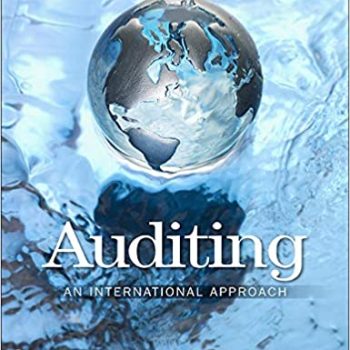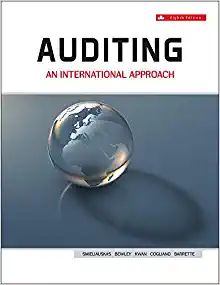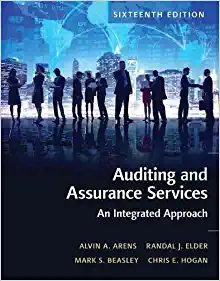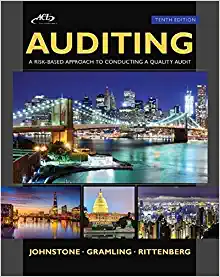Solutions manual for Auditing & Assurance Services 15th edition
ISBN-10 : 0133125637, ISBN-13 : 978-0133125634
Chapter 1
The Demand for Audit and Other Assurance Services
Usually students will not have read Chapter 1 before the material is covered. As a policy, we always give students the entire scheduled time on the first day of class. In addition to getting a seating chart set up (which we always use), and handling the course procedures, we attempt to cover the following major topics in the chapter:
Chapter Opening Vignette — “Auditors Have a Great Responsibility”
We use this vignette about Cynthia Cooper and WorldCom to highlight the important role that internal and external auditors play in preventing fraud. We describe how WorldCom followed immediately after the Enron fraud, and resulted in the passage of the Sarbanes–Oxley Act and new regulation of public companies and their auditors. We do not discuss the audit failures that preceded the enactment of the Sarbanes–Oxley Act. We prefer to emphasize the responsibility of auditors, and the positive role that auditors play in providing assurance on financial statements.
Nature of Auditing (page 4)
Start by asking students to tell you what auditing is. A student’s own definition is then displayed. Other students are asked to discuss it until there is a reasonably usable definition. The three things that should be stressed are:
- Evidence (define the term)
- Information
- Determining degree of correspondence
Students tend to think of auditing as auditing financial statements by CPA firms in accordance with GAAS or other auditing standards. We therefore use Figure 1-1on page 5, to discuss the definition.
(See Figure 1-1; shown on Slide 1-10)
We also like to display the matrix on OH-1-1 and go through it with the students. As a part of this, students are briefly introduced to IRS auditors, CPAs, and internal auditors. None of this is usually lecture.
(See OH-1-1)
After you have gone over this information, refer students to the definition of auditing as included on Slide 1-5. Briefly talk about the importance of:
n Competence and independence of auditor (Chapter 4)
n Need to report on findings (Chapters 3, 24, and 25)
Distinction between Auditing and Accounting (page 6)
We spend little time on the distinction between accounting and auditing, but it is at least desirable to point out the differences and relationship between the two. Then ask why auditors need to have knowledge of accounting to be effective auditors. See Review Question 1-7.
Economic Demand for Auditing (page 6)
We like to spend a few minutes discussing the economic role of auditors in society in Chapter 1. Refer back to this material again in Chapter 5 (legal liability) and Chapter 9 (materiality and risk).
First, go over the three factors determining interest rates, with emphasis on information risk. Use OH-1-2 to summarize the material in the text. It is useful to discuss the effect on earnings of reducing an organization’s interest rate by 1 or2%. Problem 1-17 is useful for demonstrating the level of assurance associated with audits and reviews, and the effect of these services on information risk and borrowing costs.







Reviews
There are no reviews yet.